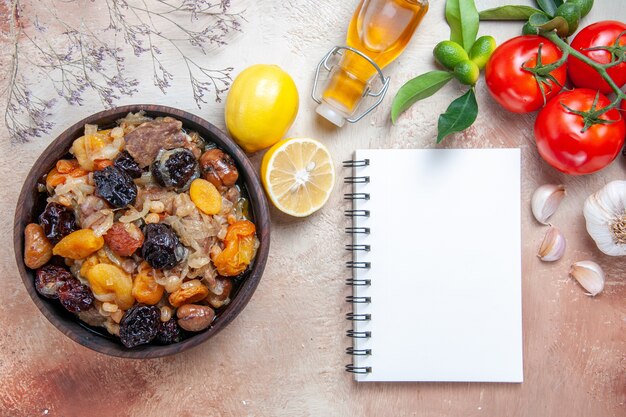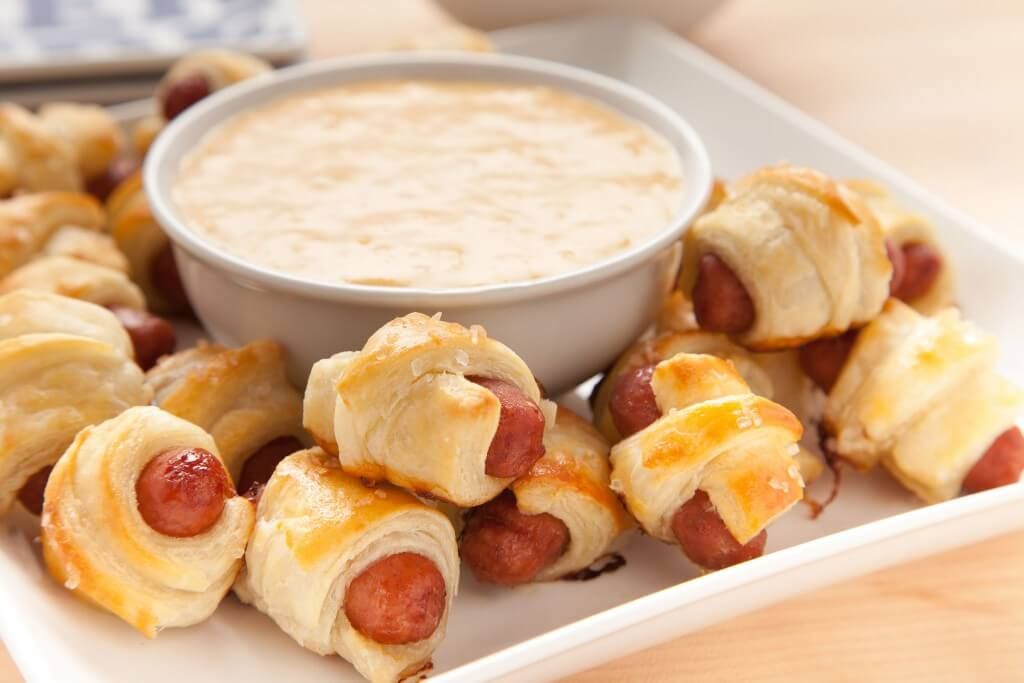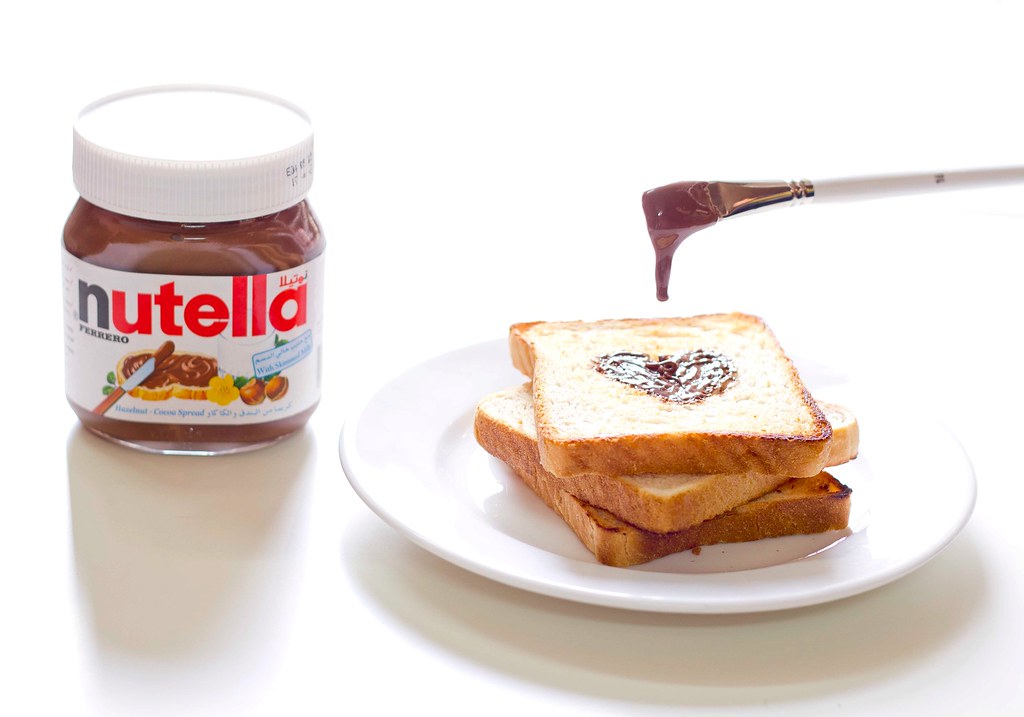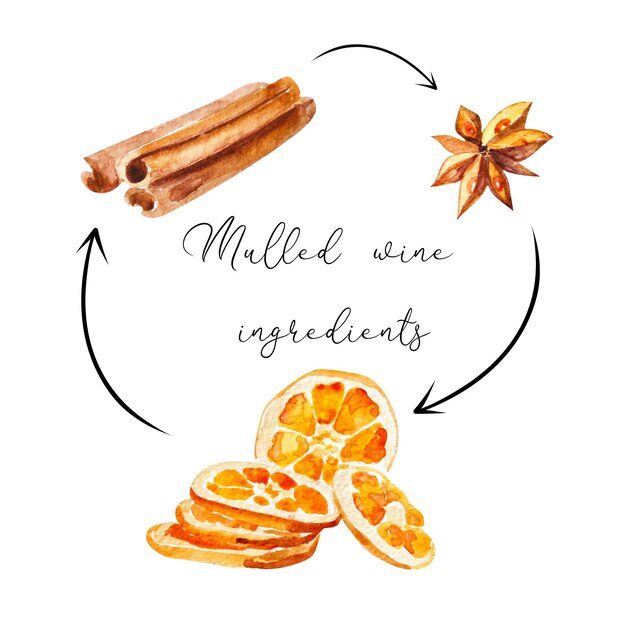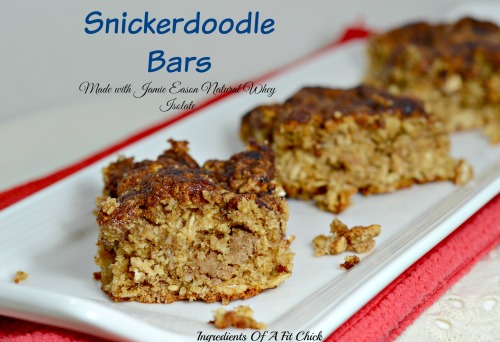Prepare a Delicious Mahalabia as a Refreshing Dessert for Any Occasion Middle Eastern Milk Pudding Recipe
Picture a fascinating voyage through the vibrant and varied food culture of the Middle East, where taste and smell artfully mix to construct delectable dishes that have bewitched the taste buds for hundreds of years. Within this array of gastronomic gems, one unique dessert emerges, tempting with its gentle sweetness and silky consistency – a cherished delicacy named Mahalabia.
This exquisite delicacy, derived from ancient Middle Eastern traditions, beckons the adventurous food lover with its velvety smoothness and irresistible allure. Often referred to as a “Middle Eastern custard,” Mahalabia casts a spell on the senses, captivating with a symphony of flavors and a lingering aftertaste that leaves one yearning for more.
As the spoon glides through the silky layers of this luxurious dessert, the taste buds are enveloped in a dance of sensations. The mouthwatering combination of fragrant spices, subtle floral notes, and the comforting embrace of milk enhances the experience, revealing the centuries-old secrets cherished by generations.
This esteemed sweet treat can be savored in various forms across the Middle East, each region adding its unique twist. Whether it is the Lebanese version with rosewater and pistachios, the Egyptian rendition with ground almonds and orange blossom water, or the Palestinian variant with a hint of cinnamon and topped with nuts, Mahalabia offers a symphony of taste sensations to delight the food enthusiast.
Origin and History
The origins and history of this delectable Middle Eastern dessert can be traced back centuries, showcasing its rich cultural heritage and culinary traditions. This dessert, with a recipe stemming from ancient times, has stood the test of time and continues to be enjoyed across the region and beyond.
Traditional Influences
The development of this dessert is closely intertwined with the diverse cultures and civilizations that have flourished in the Middle East over the centuries. It is a result of the region’s amalgamation of culinary traditions and the influences of various ancient cultures, such as Persian, Arab, Ottoman, and Egyptian.
Evolution and Adaptation
Over time, the recipe for this dessert has evolved and adapted to suit different preferences and available ingredients. It has been passed down through generations, with each family adding their unique touch to the preparation and presentation, making it a truly cherished and personalized dish.
| Period | Significant Events |
|---|---|
| Ancient Times | Early versions of this dessert existed in various ancient Middle Eastern cultures, representing a symbol of celebration and sweetness. |
| Middle Ages | With the rise of the Arab Empire, the dessert gained popularity and underwent further refinement, incorporating new ingredients and techniques. |
| Ottoman Era | The Ottomans played a significant role in spreading and elevating this dessert both within their empire and to neighboring regions, resulting in its widespread popularity. |
| Modern Times | Today, this dessert continues to be enjoyed across the Middle East and has gained international recognition, delighting taste buds with its creamy texture and delicate flavors. |
Ingredients and Preparation
In this section, we will explore the essential components and step-by-step process of creating a delectable dessert with Middle Eastern origins. Enhance your culinary skills by discovering the ideal combination of ingredients and mastering the art of preparing this mouthwatering treat.
A Traditional Delight
Indulge in the exquisite flavors of a time-honored dessert that has captivated palates for centuries. This traditional delight hails from the enchanting region, celebrating the culinary heritage of the Middle East. Delightfully creamy and oh-so-satisfying, this sweet treat is a true testimony to the rich and diverse culinary traditions of the region.
Rich Cultural Heritage
Through generations, this traditional delight has been passed down, treasured and enjoyed by families across the Middle East. Its roots are deeply embedded in the vibrant tapestry of the region’s cultural heritage. Each mouthful holds a story, an ancestral memory, and a connection to the past.
A Symphony of Flavors
The beauty of this dessert lies in its harmonious blend of delicate ingredients. Smooth custard, infused with fragrant hints of exotic spices, dances playfully on the tongue. Crushed pistachios and toasted almonds sprinkle a delightful crunch, while rose petals delicately perfume each bite. This symphony of flavors creates an unparalleled sensory experience that is uniquely Middle Eastern.
| Key Features | Benefits |
|---|---|
| Exquisite flavors | Awakens the taste buds and provides a blissful culinary experience |
| Cultural significance | Preserves the cultural heritage and traditions of the Middle East |
| Harmonious blend | Offers a perfect balance of flavors and textures |
Different Variations
For those looking to explore the wonderful world of Middle Eastern desserts, there are numerous variations of the delectable Mahalabia to indulge in. These variations offer unique flavors and textures, allowing you to discover a new take on this beloved sweet treat. Whether you prefer a rich and creamy version or a lighter, fruit-infused variation, there is something to satisfy every sweet tooth.
1. Nutty Delights
One popular variation of Mahalabia incorporates a variety of nuts, such as pistachios, almonds, and walnuts. These crunchy additions not only add texture but also bring a delightful nuttiness to the dish. The nuts can be finely chopped or coarsely ground and sprinkled on top of the creamy dessert for an extra burst of flavor. This version is perfect for those who enjoy a bit of crunch with their desserts.
2. Fruity Flavors
Another delightful variation of Mahalabia includes the addition of fresh or dried fruits. Whether it’s diced strawberries, sliced mangoes, or tangy apricots, the fruity twist adds a refreshing element to the dessert. The fruits can be mixed into the creamy base or used as a garnish, providing a burst of sweetness and color. This variation is an excellent choice for those seeking a lighter and more refreshing version of Mahalabia.
| Variation | Ingredients | Preparation |
|---|---|---|
| Nutty Delights | Assorted nuts (pistachios, almonds, walnuts), cream, milk, sugar, rose water | 1. Prepare the base Mahalabia mixture by combining cream, milk, sugar, and rose water.
2. Toast the nuts in a pan until golden and fragrant. 3. Finely chop or coarsely grind the nuts. 4. Sprinkle the nuts on top of the Mahalabia just before serving. |
| Fruity Flavors | Fresh or dried fruits (strawberries, mangoes, apricots), cream, milk, sugar, rose water | 1. Prepare the base Mahalabia mixture by combining cream, milk, sugar, and rose water.
2. Dice or slice the fruits as desired. 3. Mix the fruits into the Mahalabia mixture or use them as a garnish when serving. |
Serving and Presentation
Creating an Eye-catching Display
When it comes to serving and presenting the delectable Middle Eastern dessert, Mahalabia, there are various ways to elevate its visual appeal. The key is to think creatively and consider incorporating elements that will captivate the senses of your guests.
One suggestion is to use elegant dessert dishes or glassware that showcases the creamy texture and delicate layers of the Mahalabia. Consider serving it in small, individual portions to enhance its allure and make it feel more indulgent.
Another idea is to garnish the dessert with a variety of visually appealing ingredients. Fresh fruit slices, such as strawberries or kiwis, can add a burst of color and freshness. A sprinkle of crushed pistachios or a dusting of cinnamon can provide an enticing contrast and textural interest. Experiment with different garnishes to find a combination that complements the flavors of the Mahalabia.
Arranging a Beautiful Dessert Table
If you are serving Mahalabia at a gathering or an event, consider creating a visually stunning dessert table. A well-organized and visually appealing presentation can enhance the overall experience for your guests.
Start by selecting a decorative tablecloth or runner in colors that complement the dessert and the Middle Eastern theme. Arrange the dessert dishes of Mahalabia in a visually pleasing manner, considering heights and spacing for an aesthetically pleasing display.
Incorporate other Middle Eastern sweets or desserts into the table for variety, such as baklava or Turkish delight. Offer a variety of accompaniments, such as honey, rosewater syrup, or crushed pistachios, in small decorative bowls for guests to customize their Mahalabia to their liking.
Don’t forget to provide small dessert spoons or forks for easy and elegant consumption. Consider adding a decorative sign or label with the name of the dessert to inform guests about the delicacy they are about to indulge in.
Table Setting Inspiration
In addition to the dessert table, consider setting a Middle Eastern-inspired table to complement the Mahalabia experience. Opt for colorful, patterned linens and tableware that reflect the vibrant culture of the region. Incorporate elements such as Moroccan lanterns, intricate carvings, or ceramic bowls to create an ambiance that transports guests to the heart of the Middle East.
By paying attention to the serving and presentation of Mahalabia, you can transform a simple dessert into a visually appealing and memorable experience for your guests.
Health Benefits
When it comes to enjoying a wholesome and nutritious diet, it is essential to consider the health benefits of the dishes we consume. The Middle Eastern dessert, Mahalabia, offers several advantages that promote overall well-being and vitality.
- Rich source of protein: Mahalabia is a dessert that contains high-quality proteins that play a crucial role in muscle repair and growth. Proteins are known as the building blocks of life and are essential for maintaining healthy tissues and organs.
- Aids digestion: The ingredients used in Mahalabia, such as milk and almonds, are known for their digestive properties. These ingredients promote a healthy gut by aiding in the digestion and absorption of nutrients, making Mahalabia a soothing and beneficial dessert choice for individuals with digestive issues.
- Boosts energy levels: The combination of natural sugars, such as those found in honey or dates, and proteins in Mahalabia provides a sustainable energy boost. Consuming this dessert can help replenish energy levels and maintain a steady release of glucose into the bloodstream, preventing energy crashes.
- Rich in essential minerals: Mahalabia contains ingredients that are rich in essential minerals like calcium, magnesium, and phosphorus. These minerals are vital for maintaining strong bones, healthy nerve function, and overall well-being.
- Contains beneficial fats: Ingredients like nuts and seeds used in Mahalabia contribute healthy fats to the dessert. These fats are essential for brain health, hormone production, and maintaining healthy skin. They also help in the absorption of fat-soluble vitamins.
- Provides antioxidants: Mahalabia contains ingredients like rose water or orange blossom water, which are rich in antioxidants. Antioxidants play a crucial role in fighting free radicals and reducing oxidative stress in the body, helping to prevent chronic diseases and promote overall longevity.
Incorporating Mahalabia into your diet can not only satisfy your sweet tooth but also provide you with an array of health benefits, making it a guilt-free dessert choice.
Popular in Middle Eastern Cuisine
One of the most fascinating aspects of Middle Eastern cuisine is its popularity and diversity. The rich culinary heritage of the region has captivated food enthusiasts worldwide, with a plethora of unique and delicious dishes that define the Middle Eastern gastronomic experience.
1. Flavorful Spices and Herbs
When it comes to Middle Eastern cuisine, flavor is paramount. The use of aromatic spices and herbs plays a crucial role in elevating the taste profiles of various dishes. Commonly used spices include cumin, coriander, turmeric, and sumac, adding depth and complexity to savory dishes. Meanwhile, herbs like parsley, mint, and cilantro brighten up salads and provide a refreshing flavor.
2. Mezze: The Art of Small Plates
Mezze, a collection of small plates, is a beloved tradition in Middle Eastern cuisine. These tasty appetizers are intended to be shared and enjoyed in a communal setting. From creamy hummus and smoky baba ganoush to crispy falafel and stuffed grape leaves, mezze offers a wide array of flavors and textures that tantalize the taste buds.
Moreover, the mezze culture encourages social interaction and a relaxed dining experience, where friends and family can gather around and take pleasure in savoring a variety of delectable bites.
3. Decadent Sweets and Pastries
No discussion of Middle Eastern cuisine would be complete without mentioning the indulgent desserts and pastries that have become synonymous with the region. From flaky baklava with its layers of honey-drenched filo pastry and nutty fillings to delicate rosewater-infused Turkish delight, Middle Eastern sweets are a delightful treat for those with a sweet tooth.
The meticulous preparation and intricate designs of these desserts reflect the craftsmanship and attention to detail embedded in Middle Eastern culture. Served with aromatic tea or strong Arabic coffee, these sweets are not only delicious but also a symbol of hospitality and generosity.
Exploring the diverse and popular dishes of Middle Eastern cuisine offers a window into the rich culinary tapestry of the region. From the vibrant flavors of seasoned spices and herbs to the communal experience of sharing mezze and savoring decadent sweets, Middle Eastern cuisine truly embodies a culinary journey full of delightful surprises.
Tips and Tricks for Perfect Mahalabia
When it comes to preparing a delectable Mahalabia dessert, there are several key tips and tricks to keep in mind. These recommendations will help you achieve the perfect texture, flavor, and presentation for your Middle Eastern treat.
- Use high-quality ingredients: Opt for the finest quality milk, such as whole milk or even a combination of milk and cream, to ensure a rich and creamy Mahalabia.
- Infuse with fragrant flavors: Enhance the traditional recipe by infusing the milk mixture with aromatic ingredients like rose water, orange blossom water, or cardamom. Experiment with different flavor combinations to discover your favorite variation.
- Slowly heat the milk: To prevent scorching or curdling, heat the milk mixture gently over low heat, stirring continuously. This will ensure a smooth and velvety consistency.
- Control the sweetness: Adjust the amount of sugar according to your preference. Remember that the sweetness will slightly intensify after chilling, so start with a moderate amount and taste as you go.
- Thoroughly dissolve the cornstarch: When adding cornstarch to the milk mixture, make sure it is completely dissolved to avoid any lumps. Dissolve the cornstarch in a small amount of cold milk before incorporating it into the heated mixture.
- Chill for the perfect set: After cooking the Mahalabia, allow it to cool slightly before refrigerating. This will help it set properly and achieve the desired consistency.
- Experiment with toppings: While the classic Mahalabia is often garnished with ground pistachios or almonds, feel free to explore different toppings. Consider using toasted coconut flakes, crushed rose petals, or a drizzle of honey to add an extra touch of flavor and visual appeal.
By following these tips and tricks, you can elevate your Mahalabia dessert to a new level of perfection. Impress your guests with this indulgent Middle Eastern delight and enjoy the delightful flavors and textures it offers.
Question and answer: Mahalabia recipe Milk Pudding
What is muhallebi, and what’s its main characteristic?
Muhallebi is a Middle Eastern milk pudding that is known for its creamy texture and delicate flavor.
How do you thicken muhallebi?
Muhallebi is thickened by using rice flour, which is mixed with milk and sugar and then cooked until it reaches dessert recipe the desired consistency.
Can you describe the process of making muhallebi?
To make muhallebi, start by whisking together rice flour and milk in a saucepan. Add sugar and continue whisking until the mixture thickens. Pour into serving dishes and let it cool before refrigerating.
What’s a common variation of muhallebi?
A common variation of muhallebi is almond milk pudding, where almond milk is used instead of regular make this recipe milk to give it a nutty flavor.
How do you flavor muhallebi with rose?
Muhallebi can be flavored with rose by adding rose water or rose syrup to the mixture before cooking, giving it a delicate floral aroma.
What’s the significance of the rose flavor in muhallebi?
The rose flavor in muhallebi adds a unique and aromatic touch to the dessert, delicious middle eastern milk pudding enhancing its Middle Eastern essence and making it even more delightful to enjoy.
Can you describe the texture of muhallebi?
Muhallebi has a smooth and creamy texture, with a slight thickness that comes from the rice pudding rice flour used to thicken it.
How do you prevent muhallebi from forming lumps while cooking?
To prevent muhallebi from forming lumps, it’s important to whisk continuously while cooking to ensure bottom of the pot the rice flour is evenly distributed and fully incorporated into the milk.
What’s the traditional way to serve muhallebi?
Traditionally, muhallebi is served chilled and garnished with ground pistachios or almonds for added flavor and texture.
Why is muhallebi considered a delicious Middle Eastern dessert?
Muhallebi is considered a delicious Middle Eastern dessert because of its creamy texture, delicate flavor, and versatility in terms of variations and garnishes. It’s a beloved treat enjoyed by many across the Middle East and beyond.
What are some key ingredients in a traditional Middle Eastern milk pudding?
Key ingredients in a traditional Middle Eastern milk pudding include milk, sugar, and flavorings such as rose syrup or orange blossom water.
Can you describe the texture of a creamy Middle Eastern dessert made with milk?
A creamy Middle Eastern dessert made with milk typically has a smooth and velvety texture, thanks to the richness of the milk used in the recipe.
What’s another name for the Middle Eastern milk pudding also known as muhallebi?
The Middle Eastern milk pudding, also known as muhallebi, is sometimes referred to as mahalabia or muhallabia.
What is the importance of condensed milk in making mahalabia?
Condensed milk adds sweetness and richness to mahalabia, contributing to its creamy texture and indulgent flavor.
How can you make a vegan version of mahalabia?
To make a vegan version of mahalabia, you can use plant-based milk such as almond milk or cashew milk instead of regular milk, and agar agar or cornstarch as a thickening agent.
What is a common flavoring used in mahalabia?
A common flavoring used in mahalabia is rose water or orange blossom water, which adds a delicate floral aroma to the dessert.
Can you describe the process of making mahalabia?
To make mahalabia, start by mixing milk, sugar, and cornstarch in a saucepan and cooking until thickened. Then, stir in rose water or orange blossom water before pouring the mixture into serving dishes to set.
How is mahalabia different from other Middle Eastern desserts?
Mahalabia stands out from other Middle Eastern desserts due to its creamy milk pudding base, which sets it apart from pastries or sweets made with filo dough or syrup.
What are some garnishes commonly used to decorate mahalabia?
Some garnishes commonly used to decorate mahalabia include dried rose petals, chopped nuts such as pistachios or almonds, and a drizzle of rose syrup.
Why is mahalabia considered an easy Middle Eastern dessert to make?
Mahalabia is considered an easy Middle Eastern dessert to make because it requires simple ingredients and straightforward cooking techniques, making it accessible for home cooks of all skill levels.
